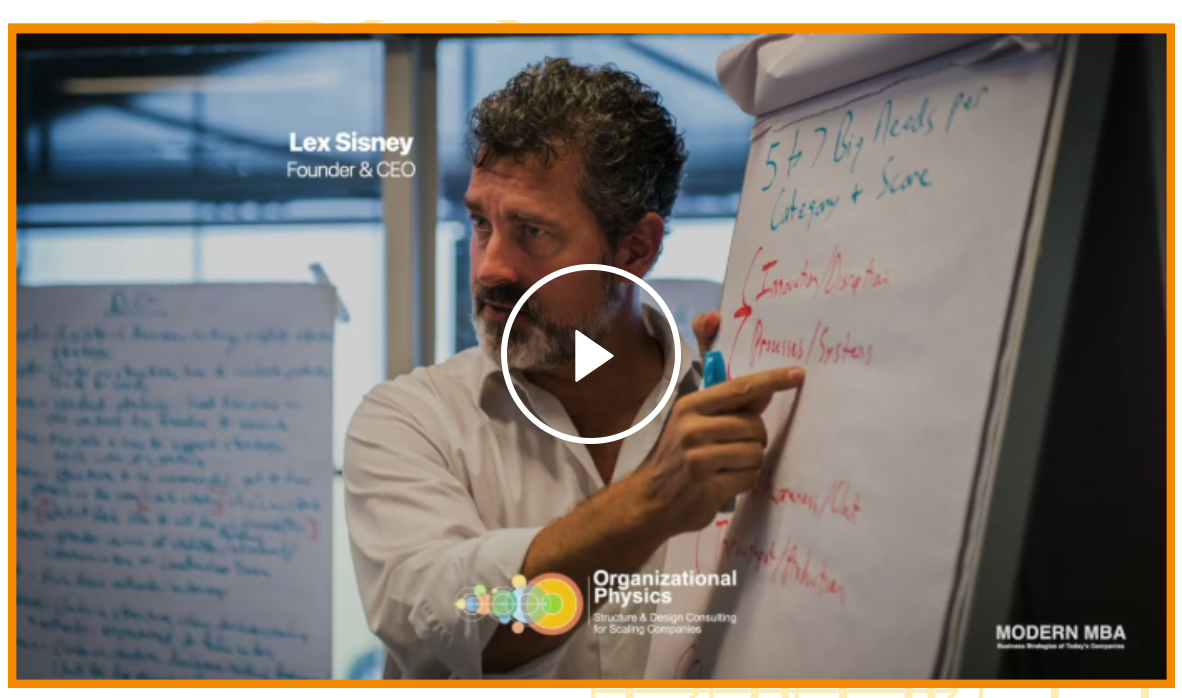Your 2026 strategy won’t fail because of bad ideas.
It will fail because of hidden misalignment.
Every October CEOs and boards huddle for “strategic planning.”
The ritual looks the same: long offsites, big decks, bold initiatives.
But here’s the trap—most of those plans are dead on arrival.
Not because the strategy itself is flawed.
But because the organization underneath can’t actually execute it.
I’ve watched $30M–$500M companies spend months refining their strategy, only to stall in Q2. Why? Because strategy eats resources. And when your structure is misaligned, resources get trapped in drag instead of driving throughput.
This is where a Strategic SWOT is different from a standard SWOT.
A standard SWOT lists strengths, weaknesses, opportunities, and threats. Useful, but shallow.
A Strategic SWOT diagnoses how well your structure, systems, and leadership capacity align with the future strategy.
It’s not just “what’s out there in the market?”
It’s: “Is our current design capable of executing what we say we want to do?”
The difference is night and day.
One creates a slide deck.
The other creates execution velocity.
As you plan for 2026–27, don’t confuse ambition with readiness.
Test your assumptions. Map your entropy. Align structure to strategy before you commit resources.
That’s how you avoid another year of firefighting and finally scale clean.
If you want the exact diagnostic I use with scaling CEOs, you can download the free Strategic SWOT Guide here: https://organizationalphysics.com/swot-guide/
– Lex, your CEO coach
📌 P.S. Every planning period, I remind my clients: structure must follow strategy.




